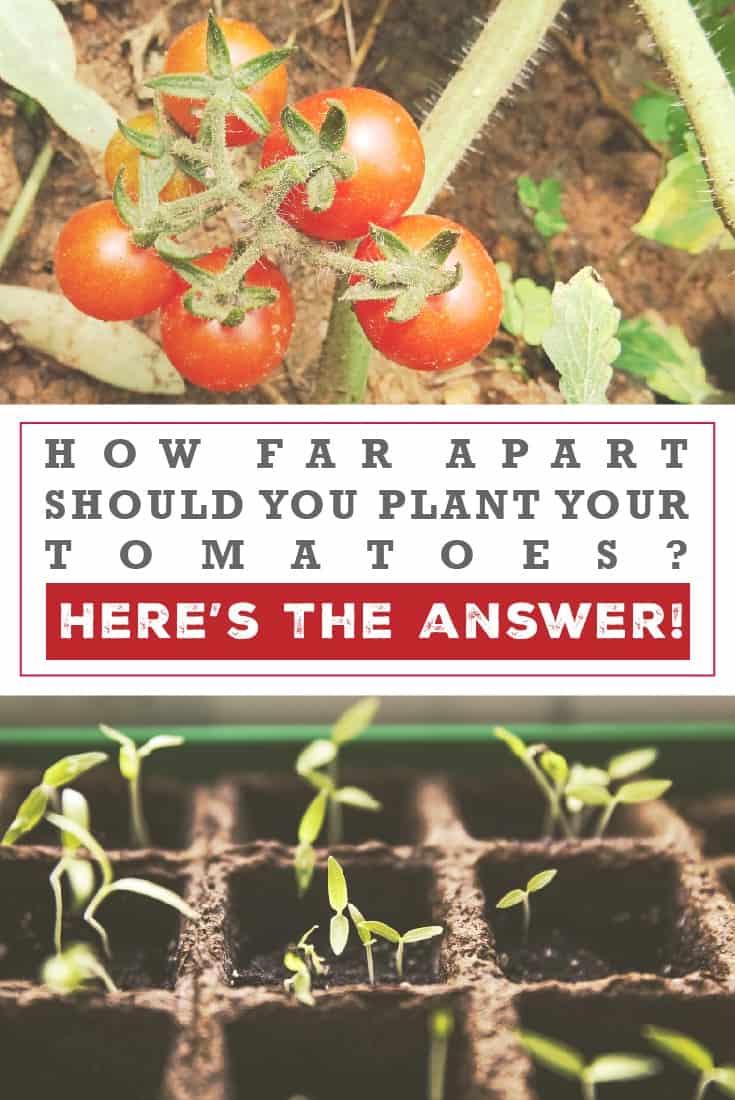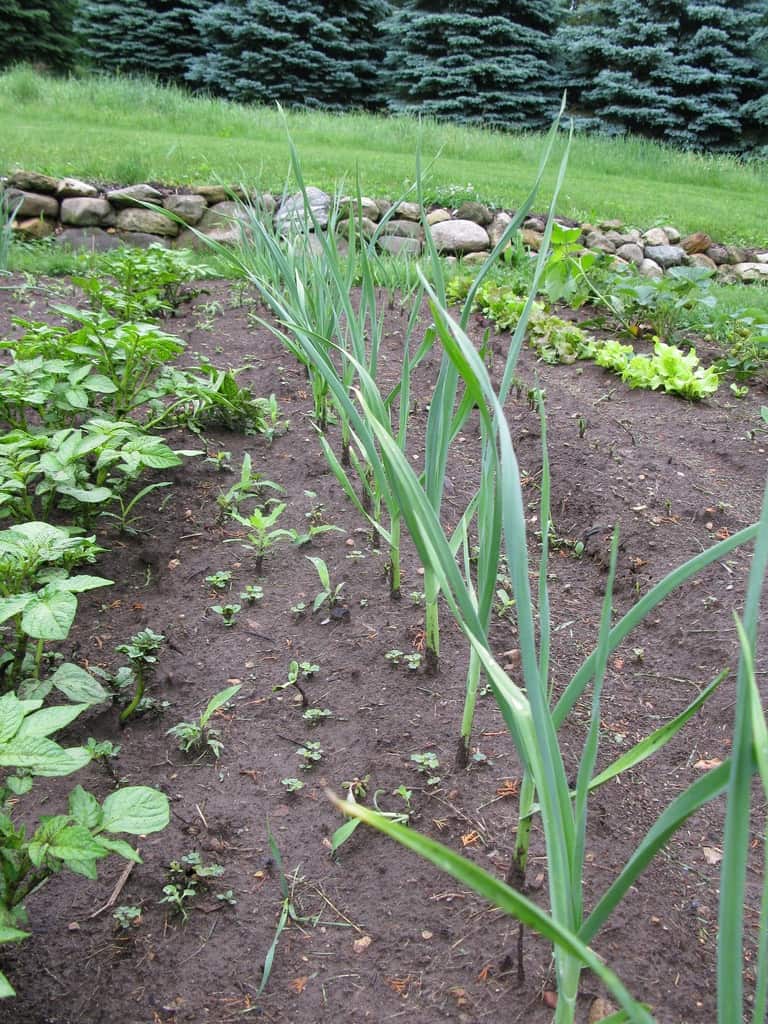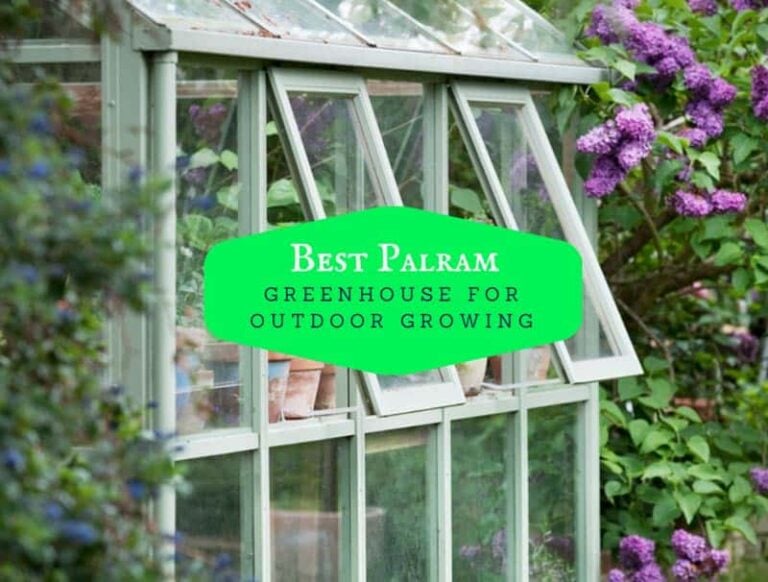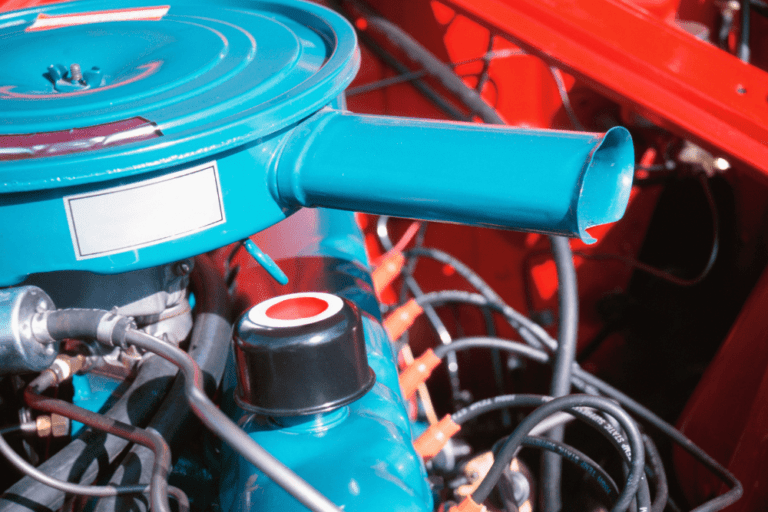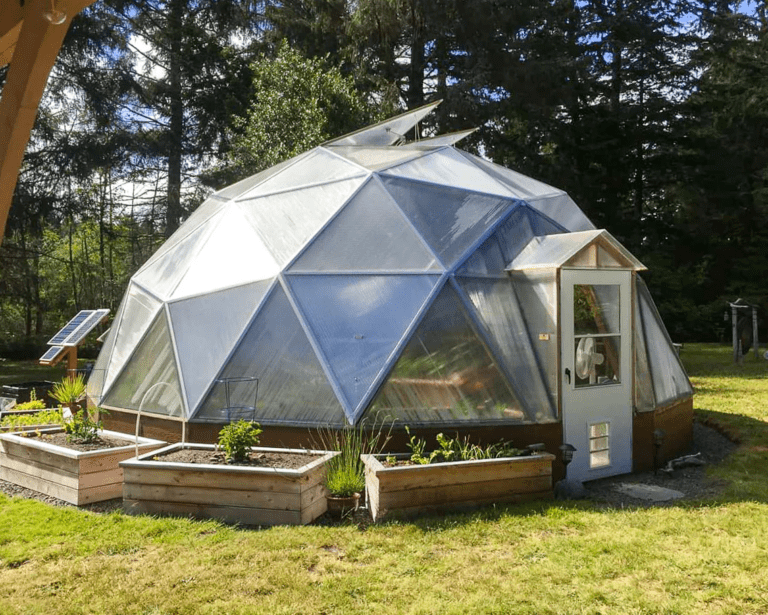Container Water Gardens: A More Effective Plant Solution
If you don’t have room for a full-sized, in-ground pond in your yard, plant a container water garden. A container water garden is its own ecosystem, full of fish, snails and aquatic plants. The garden needs plenty of sun to thrive, but has little other care requirements. A container that can hold at least 15 gallons of water can be ideal, but you can make a garden with a smaller or larger pot as well.
What is a Container Water Garden?
A container water garden is simply a pot filled with water and planted with aquatic, moisture loving plants. You can think of it as a pond in miniature. If you don’t have the room in your garden for a full sized pond, a container water garden is the next best thing.
There are a number of benefits to growing a container water garden in your yard. For one thing, the garden can serve as the focal point of your landscape. It can be eye catching and something that people want to check out when they visit your home.
Water gardens can also benefit the critters that live around your home. The water in the garden can be something for small animals, such as squirrels, to drink. Birds can also drink from the garden, if you keep the water level high enough, according to the National Wildlife Federation.
A small water garden is an ecosystem unto itself. You not only plant greenery in the garden. You can also put fish and snails in the water. The fish and snails will eat excess plant matter and algae. Fish will also eat any mosquito larvae that hatch into the water garden, helping to control the levels of pests in your garden.
Assembling Your Container Water Garden
Water is very heavy–weighing 8 pounds per gallon, according to the University of Illinois Extension. So before you put together your water garden, it’s a good idea to decide where it’s permanent home will be, then assemble the garden in the permanent spot.
When picking a place to put your container, find a spot that gets full sun. Although some water plants can tolerate shade, most do best when they are able to get between five and six hours of sunlight daily.
You also want to look overhead when picking the location for your container water garden. A location under a tree might not only be too shaded. It might also present a problem when the tree drops its leaves in the fall, and those leaves end up floating on the water in your garden. A collection of decaying, fallen leaves can upset the fish in the garden as well as any plants growing there.
In the video above from Oklahoma Gardening, host Kim Toscano does a thorough job of walking you through the steps of putting together a water garden.
Choosing the Container
A general rule when planting a container garden is to pick pots with drainage holes. That’s a rule you can safely ignore when you’re assembling a water garden. You want a fully sealed container with no holes.
Your container can be pretty much any size, although it might be difficult to create a lively water garden in a pot that holds less than 4 gallons of water. If you have the space, a container that’s at least 15 gallons in volume can be ideal.
The container can be made of any type of non-porous material, such as plastic, sealed clay and sealed wood. Some people repurpose or recycle materials for their container water gardens, using old, plugged up bathtubs or kiddie pools as their main containers.
If you aren’t sure what materials the container you are considering using is made out of, or if those materials will contain chemicals that can leach into the water and harm your plants and fish, it’s best to either choose a new container or to carefully line the inside of the container with a layer of plastic.
Algae growth is a part of having a container water garden. But you can minimize algae growth by choosing a container made of dark colored materials.
Planting in the Garden
Planting a container water garden is actually a two step process. You aren’t simply sticking a few plants in a pot full of water.
First, you need to plant the plants in their own small pots, which are placed into the larger container full of water. You want to use basic, clay garden soil when planting the plants. A mix designed for containers will contain vermiculite or perlite, which will just float away. Container mixes also usually have fertilizers in them, which can be harmful to any fish in your garden, according to the University of Minnesota Extension.
Another reason to put the plants in small pots is so that you can remove them before the winter. Most water garden plants won’t be able to survive a deep freeze and should be overwintered indoors.
Once your plants are in their pots, you can fill the larger container with water. You can use bottled, distilled water for the container. Another option is to fill it with water from the tap, then let the water sit for a day or two, so that any chlorine added to the tap water can evaporate.
Choosing Plants
The video above from the University of Illinois extension gives you some pointers on choosing plants for your water garden. You can stick with aquatic plants, which can be fully submerged in the water. You can also choose plants that thrive in wet or damp conditions, such as coleus.
The video also demonstrates how you can put some plants higher up in the water, so that they are in less wet conditions or how you can fully submerge other plants.
One rule of the thumb to keep in mind when picking plants is the old container gardening rule of choosing “thrillers, spillers and fillers.” Pick at least one tall, towering plant, a few plants that will spill over the sides of the pot and several plants to fill in the gaps.
Photo by sojournstar licensed under CC0

